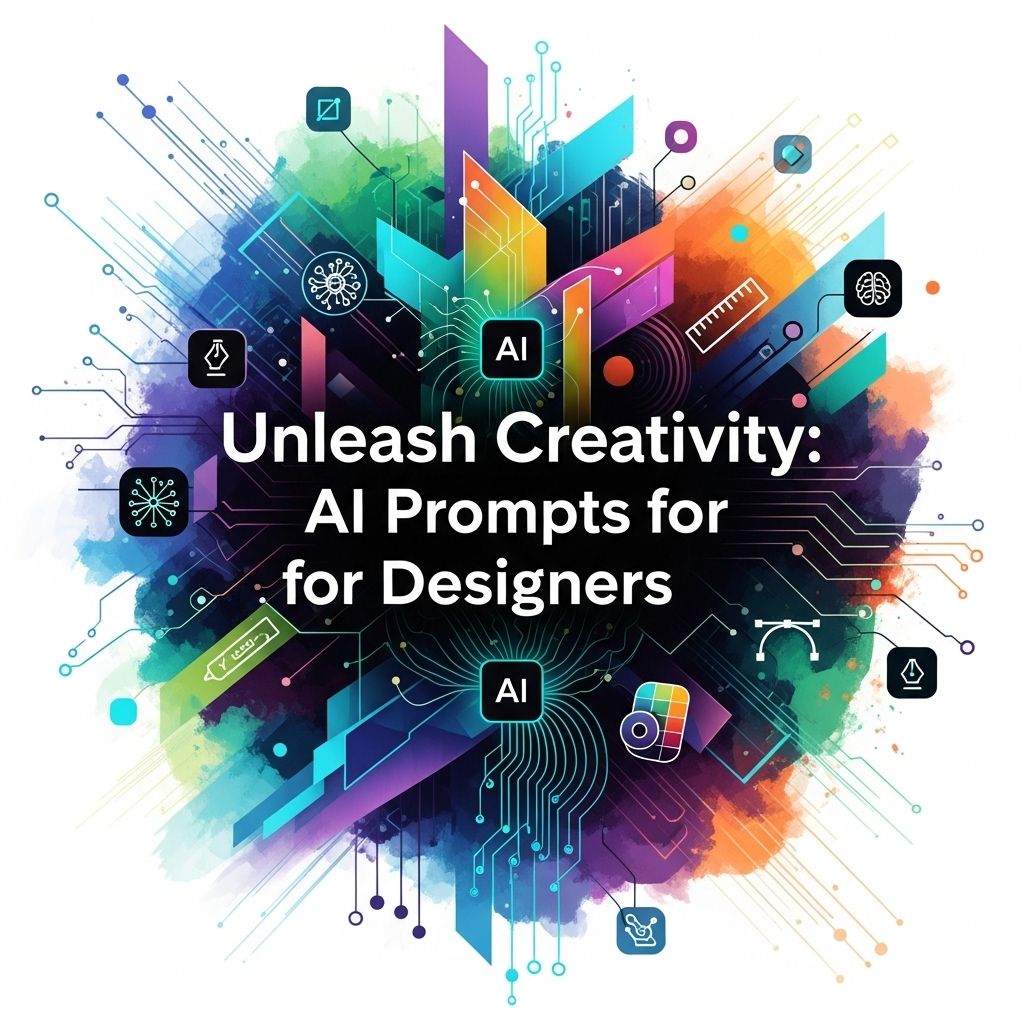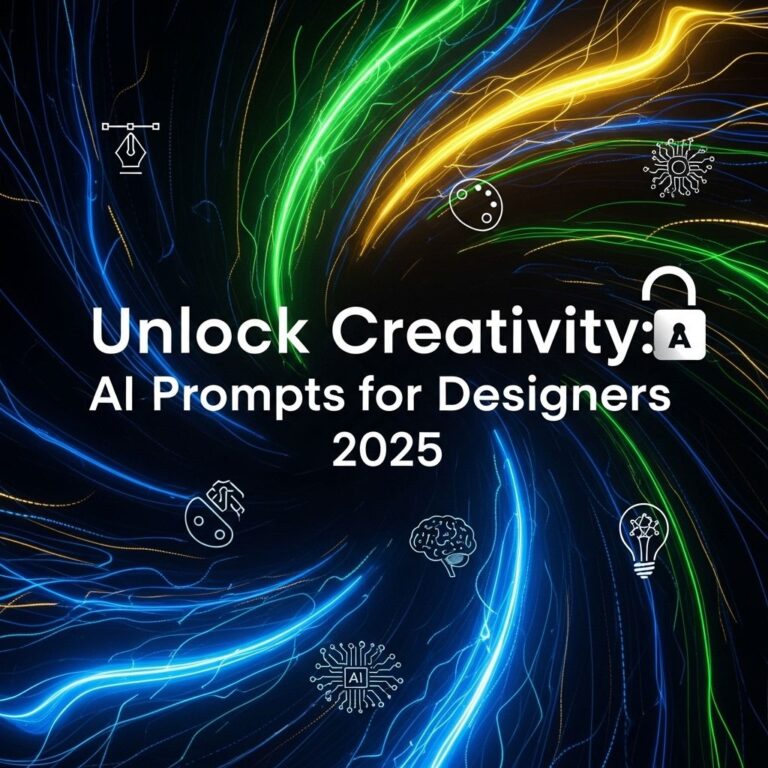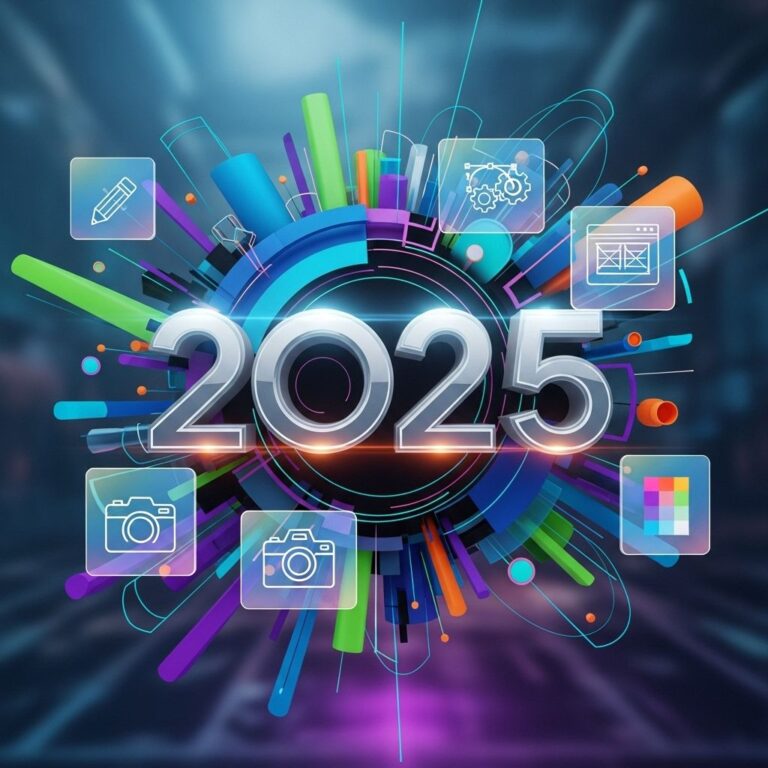In the rapidly evolving world of design, creativity is paramount. Designers are constantly searching for fresh inspiration and innovative ideas to bring their visions to life. As artificial intelligence continues to make waves across various industries, it is now stepping into the creative arena, offering a plethora of prompts and tools that can help spark new ideas and streamline the design process. This article explores how AI can be harnessed to unleash creativity for designers, providing practical prompts and insights.
Table of Contents
Understanding the Role of AI in Design
AI technologies have begun to influence design in profound ways, offering tools that assist with everything from ideation to execution. Here’s how AI is reshaping the design landscape:
- Idea Generation: AI tools can generate unique ideas based on input criteria, helping designers overcome creative blocks.
- Personalization: AI analyzes user data to help create designs that target specific audiences effectively.
- Automation: Repetitive tasks can be automated, allowing designers to focus more on creativity.
- Feedback Loop: AI can analyze audience responses to designs and suggest improvements.
AI Tools for Designers
Several AI-powered tools have emerged that cater specifically to designers, providing sophisticated capabilities that enhance creativity and productivity. Here are some notable examples:
| Tool | Description | Key Features |
|---|---|---|
| Canva | An online design tool that uses AI to help users create stunning graphics. | Templates, Drag-and-drop interface, AI-generated design suggestions |
| Adobe Creative Cloud | Offers a suite of applications with AI integrations for enhancing design workflows. | AI-powered editing tools, Smart tagging, Content-aware fill |
| DeepArt | Transforms photos into artworks using neural networks. | Style transfer, Custom filters, High-resolution outputs |
| NVIDIA GauGAN | A tool that turns simple sketches into photorealistic images. | Real-time painting, AI-driven image synthesis |
Prompting Creativity with AI
Designers can use AI-generated prompts to inspire their work. Here are some categories of prompts that can be particularly effective:
1. Visual Style Prompts
- Create a design using only monochromatic colors.
- Design a poster inspired by retro-futurism.
- Utilize organic shapes and forms in your layout.
2. Conceptual Prompts
- Imagine a world where nature has reclaimed urban spaces.
- Design a product that helps people connect with their heritage.
- Create an identity for a futuristic city.
3. Audience-Centric Prompts
Understanding the target audience is crucial for any design project. Here are some prompts to consider:
- Design a campaign targeting millennials interested in sustainability.
- Create branding for a tech startup appealing to Gen Z.
- Develop a visual story for a product aimed at pet owners.
The Process of Integrating AI Prompts
Incorporating AI prompts into the design process requires a thoughtful approach. Here’s a step-by-step guide:
Step 1: Define Your Objectives
Before utilizing AI prompts, clearly outline what you want to achieve with your design project. Consider factors such as:
- Target audience
- Design medium (print, digital, etc.)
- Brand messaging
Step 2: Select the Right Tools
Choose AI tools that align with your design objectives. For example, use Canva for graphic design, or Adobe for comprehensive projects requiring advanced features.
Step 3: Generate Prompts
Use AI tools to generate design prompts based on your defined objectives. Modify the prompts as necessary to better fit your creative vision.
Step 4: Create and Iterate
Start working on your design using the generated prompts as a foundation. Don’t hesitate to iterate and refine your ideas based on feedback or personal insights.
Step 5: Seek Feedback
Once your design is complete, gather feedback from peers or target audiences. Use AI analytics tools to assess audience interaction and response.
Case Studies: Successful AI-Driven Designs
Examining successful implementations of AI in design can provide valuable insights. Here are a few case studies:
Case Study 1: Nike’s Personalized Marketing
Nike utilized AI to analyze customer preferences and behaviors, allowing them to create personalized marketing campaigns that resonate deeply with their customers. This approach resulted in increased engagement and sales.
Case Study 2: BMW’s Concept Car Designs
BMW integrated AI into their design processes, enabling designers to rapidly prototype and visualize concept cars. This expedited their workflow and sparked innovative ideas.
Challenges of Using AI in Design
While AI offers numerous benefits, it also presents challenges that designers must navigate:
- Over-reliance on AI: There is a risk of allowing AI to limit creative thinking instead of enhancing it.
- Quality Control: AI-generated outputs may require significant refinement and human oversight to ensure quality.
- Ethical Considerations: Designers must consider the ethical implications of using AI, especially regarding data privacy and originality.
Conclusion: The Future of Design with AI
The integration of AI into the design process holds incredible potential for unleashing creativity and innovation. By leveraging AI-generated prompts and tools, designers can enhance their workflows, generate unique ideas, and ultimately create more impactful designs. As technology continues to evolve, embracing AI will be essential for staying relevant and competitive in the dynamic world of design.
FAQ
What are AI prompts for designers?
AI prompts for designers are suggestions or ideas generated by artificial intelligence that can inspire and guide designers in their creative process.
How can AI prompts enhance the design process?
AI prompts can enhance the design process by providing fresh ideas, breaking creative blocks, and offering unique perspectives that may not have been considered.
Can AI prompts be tailored to specific design projects?
Yes, AI prompts can be customized to fit specific design projects by inputting relevant keywords or themes that align with the project’s goals.
Are AI-generated prompts suitable for all design fields?
AI-generated prompts can be suitable for various design fields, including graphic design, product design, fashion design, and more, depending on the context and application.
How can I incorporate AI prompts into my design workflow?
You can incorporate AI prompts into your design workflow by using AI tools or platforms that generate prompts, brainstorming sessions, or integrating them into your design software.
What are some popular AI tools for generating design prompts?
Some popular AI tools for generating design prompts include DALL-E, RunwayML, and Canva’s Magic Write, which offer various features to inspire creativity.




